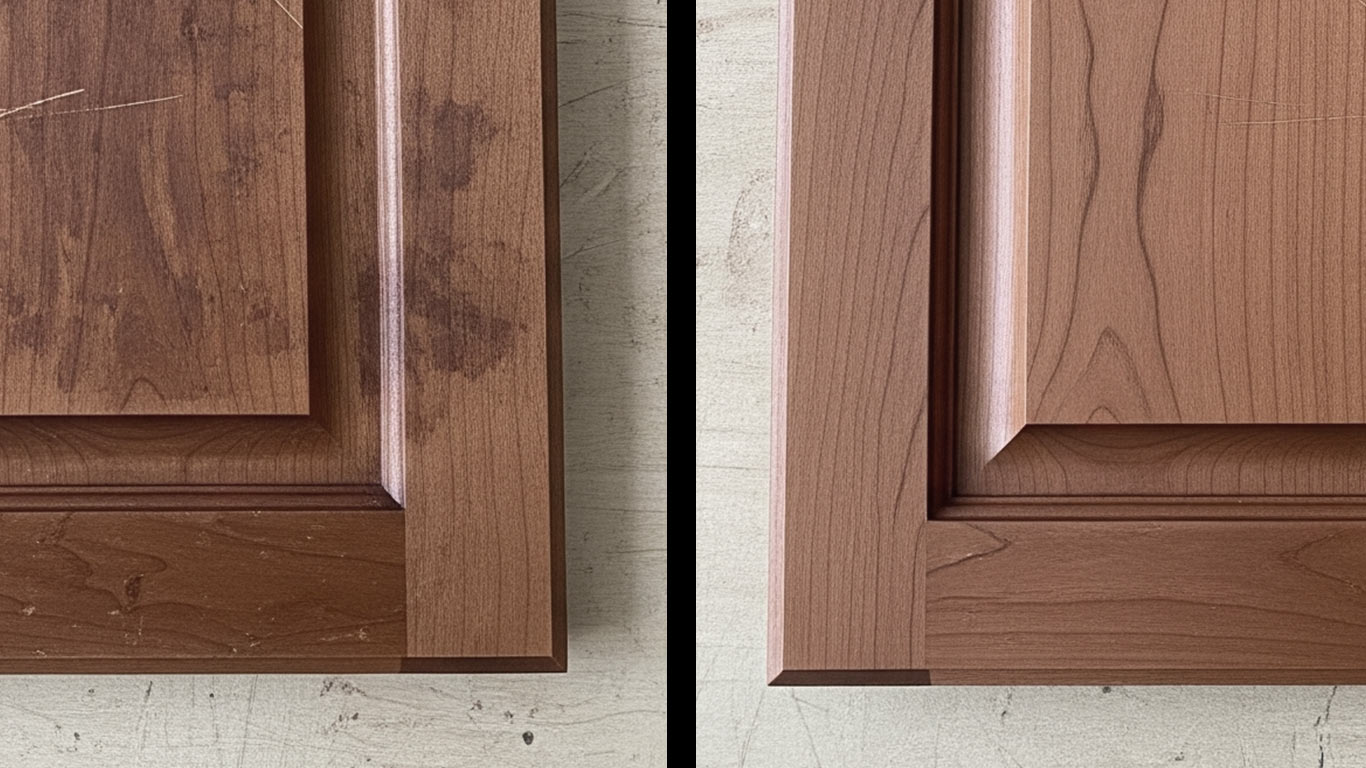
FDA
FDA 21 CFR 1040.10 - Laser Product Performance Standards



When laser cleaning cherry wood, focus on its strong absorption to strip away surface contaminants efficiently while protecting the material's natural durability and fine grain.
At 1000x magnification, the cherry wood surface appears cluttered with fine dirt particles. These contaminants form irregular clusters that embed into the porous fibers. Grime layers dull the natural texture, hiding underlying details completely.
After laser treatment at 1000x magnification, the cherry wood surface shows clear, even fibers. The cleaning removes all visible residues, exposing smooth grain patterns. This reveals a uniform, restored appearance without any lingering marks.

FDA 21 CFR 1040.10 - Laser Product Performance Standards

ANSI Z136.1 - Safe Use of Lasers

IEC 60825 - Safety of Laser Products

OSHA 29 CFR 1926.95 - Personal Protective Equipment

EPA Clean Air Act Compliance